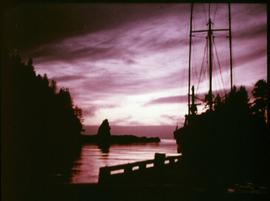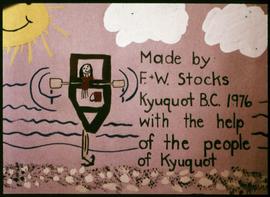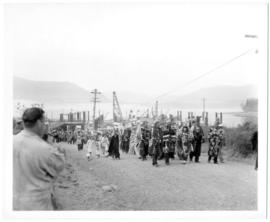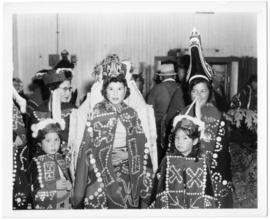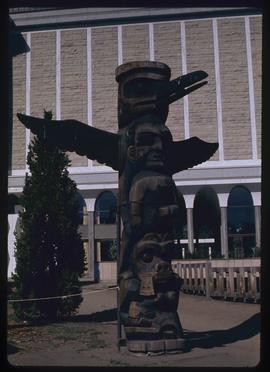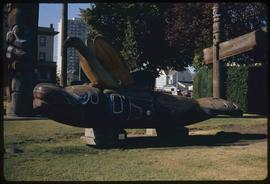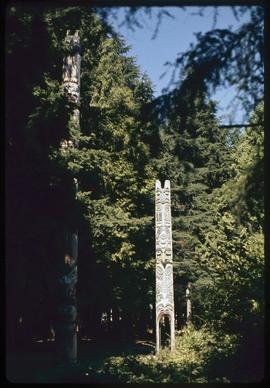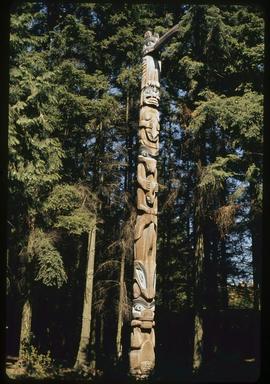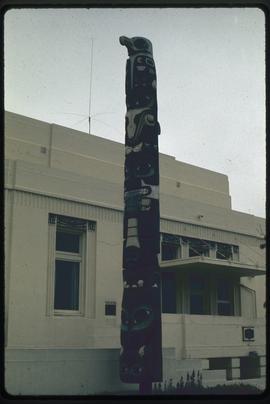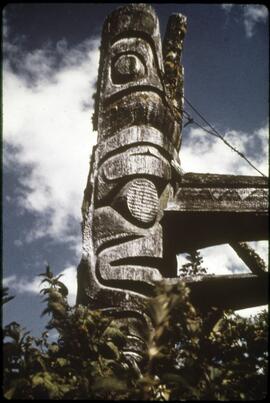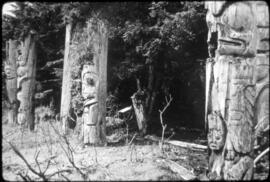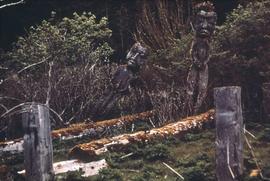Item is an audio recording of an interview by Wilson Duff with Jonathan Johnson about the geography of the Gitxsan village of Kispiox and surrounding region. According to Tribal Boundaries in the Nass Watershed by Neil J. Stewart (MOA Reading Room, call number 12.7c GIT STE), Jonathan Johnson (1902-1968) of Kispiox was from the House of Xhliimlaxha and had knowledge of territories in the Nass watershed, including his father’s territory at Gwinhagiistxw. In interviews that took place on July 6 and 7, 1965, Duff gathered information about house territories in the Nass and Skeena watersheds to produce a map showing territories and numbered sites at Kispiox, see the Wilson Duff fonds at MOA, Box/File# Mc15, File# 10-B-21.


